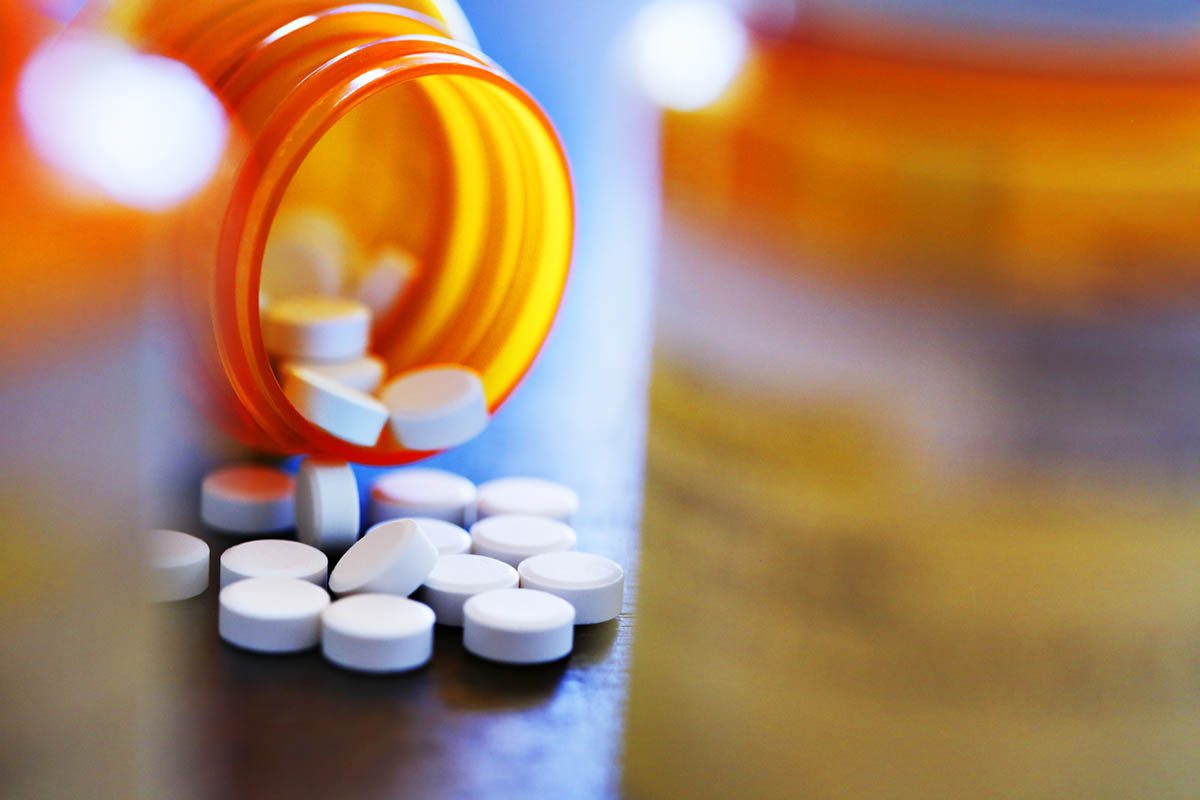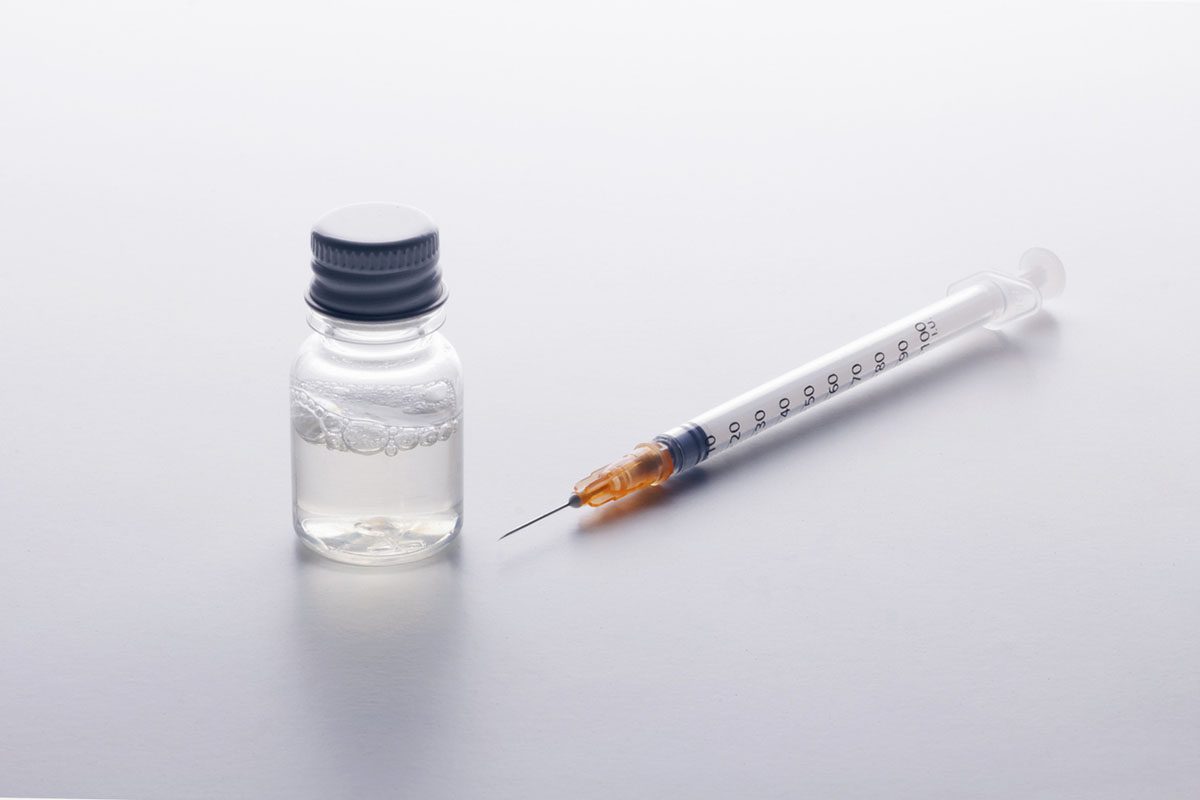Because this piece does not have an abstract, we have provided for your benefit the first 3 sentences of the full text.
To the Editor: Substance abuse is a major health concern in the United States. Nearly 25 million Americans over age 12 years were current illicit drug users in 2013, representing 9% of the population. Substance abuse disorders rank among the 10 leading preventable risk factors for life lost to death or disability and are linked to more than 400,000 fatalities each year, with 100,000 dying because of alcohol abuse alone.
Screening Physical or Sexual Abuse Victims for Substance Abuse
To the Editor: Substance abuse is a major health concern in the United States.1 Nearly 25 million Americans over age 12 years were current illicit drug users in 2013, representing 9% of the population.2 Substance abuse disorders rank among the 10 leading preventable risk factors for life lost to death or disability and are linked to more than 400,000 fatalities each year, with 100,000 dying because of alcohol abuse alone.1,2 The National Institute on Drug Abuse3 reports more than 50,000 overdose deaths in the United States during 2015. Up to 16 million Americans currently abuse ethanol.2
Health care expenditure related to substance abuse is estimated at $414 billion annually.1 Americans pay approximately $1,000 each year to cover the costs of law enforcement, motor vehicle crashes, crime, and lost productivity due to substance abuse.4 Mental health issues are often comorbid with drug misuse. In 2013, about 18% of adults (or nearly 8 million people) with a serious mental illness fit criteria for a substance abuse disorder.2 Illicit substance consumption yields an increased risk for depression.
Physical and sexual abuse in both males and females is associated with an increased likelihood of alcohol, marijuana, mixed drug, or other substance consumption.5 These victims of exploitation initiate drug exposure earlier than their nonexploited peers. They claim more reasons for taking drugs, including to cope with painful emotions and escape from thinking about these problems.5 Physical, emotional, and sexual abuses have strong associations with mental disorders.6 Early-onset drug use is a reliable predictor of subsequent lifetime alcohol abuse but less predictive of ethanol dependence in African Americans.7
Between 20% and 26% of primary care patients have a substance use disorder.2 The majority do not seek chemical dependence treatment. As a result, primary care physicians are tasked with recognizing the problem and addressing these issues. The American Medical Association Guidelines for Adolescent Preventive Services8 recommends that health care providers ask all adolescents annually about their alcohol and other drug consumption as part of routine care. Furthermore, primary care physicians must maintain vigilance in following up with those who have substance abuse issues. Since young victims of sexual and physical abuse are more vulnerable to taking drugs, screening remains highly recommended among these individuals. Similarly, these guidelines8 call for regular screening for physical and sexual abuse exposure at adolescent health care visits; however, less than half of all physicians acknowledge screening adolescents for substance use, and less than a quarter of them report asking patients about drinking while driving.1
The reasons that many physicians rarely screen for substance abuse are unknown; yet, these barriers involve a variety of perceptions.1 These perceptions include a belief that such problems are uncommon in the physician’s patient population, lack of time for screening, inadequate training, perceived treatment ineffectiveness, and unfamiliarity with screening procedures. Physicians indicate that they received inadequate training in medical school, residency, or continuing education courses.2 Doctors also cite patient resistance, discomfort with discussing such topics, and fear of alienating their patients.2 Approximately 43% of patients said that their physician never diagnosed substance abuse, and 11% reported that the doctor knew about it but never addressed the issue.2 Failure to screen for substance and sexual abuse also might be related to social inhibitions of the physician or related concerns.
There is a great need among victims of physical and sexual abuse for improved prevention, early intervention, and treatment services related to substance use.5 Screening can easily be incorporated into office routines.1,2 Those who have not used substances should nevertheless be clinically monitored with respect to their increased vulnerability to drugs. Similarly, adolescents in treatment for substance abuse should be evaluated for physical and sexual abuse and promptly provided appropriate psychiatric and social services.5 When screening is employed by physicians, the odds of successfully uncovering chemical dependence in abuse victims is significantly improved. Such care translates into positive well-being and better health for these patients.1
References
1. National Institute on Drug Abuse. The science of drug abuse and addiction. https://archives.drugabuse.gov/about/welcome/aboutdrugabuse/magnitude/. Accessed February 24, 2017.
2. Tenegra JC, Leebold B. Substance abuse screening and treatment. Prim Care. 2016;43(2):217-227. PubMed doi:10.1016/j.pop.2016.1.008
3. National Institute on Drug Abuse. Overdose Death Rates. https://www.drugabuse.gov/related-topics/trends-statistics. Accessed February 24, 2017.
4. Hall PB, Hawkinberry D 2nd, Moyers-Scott P. Prescription drug abuse & addiction: past, present and future: the paradigm for an epidemic. W V Med J. 2010;106(4 spec no):26-32. PubMed
5. Harrison PA, Fulkerson JA, Beebe TJ. Multiple substance use among adolescent physical and sexual abuse victims. Child Abuse Negl. 1997;21(6):529-539. PubMed doi:10.1016/S0145-2134(97)00013-6
6. Ahern J, Karasek D, Luedtke AR, et al. Racial/ethnic differences in the role of childhood adversities for mental disorders among a nationally representative sample of adolescents. Epidemiology. 2016;27(5):697-704, e25-e31. PubMed doi:10.1097/EDE.00000000000507
7. Grant BF, Dawson DA. Age of onset of drug use and its association with DSM-IV drug abuse and dependence: results from the National Longitudinal Alcohol Epidemiologic Survey. J Subst Abuse. 1998;10(2):163-173. PubMed doi:10.1016/S0899-3289(99)80131-X
8. Elster A. The American Medical Association Guidelines for Adolescent Preventive Services. Arch Pediatr Adolesc Med. 1997;151(9):958-959. PubMed doi:10.1001/archpedi.1997.02170460096021
aDepartment of Psychiatry and Behavioral Sciences, University of Louisville School of Medicine, Louisville, Kentucky
Potential conflicts of interest: None.
Funding/support: None.
Published online: April 27, 2017.
Prim Care Companion CNS Disord 2017;19(2):16l02030
https://doi.org/10.4088/PCC.16l02030
© Copyright 2017 Physicians Postgraduate Press, Inc.
Please sign in or purchase this PDF for $40.00.





